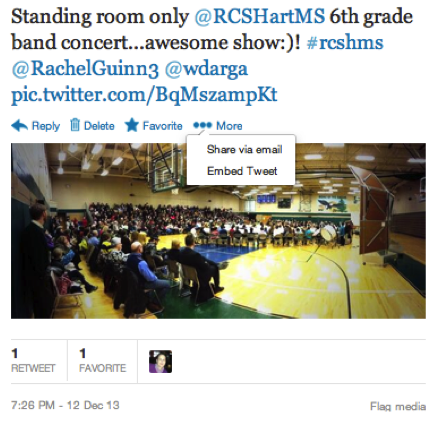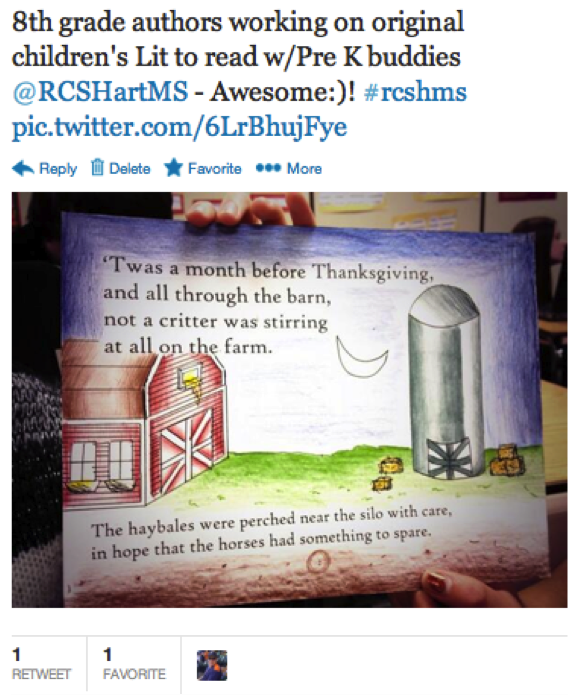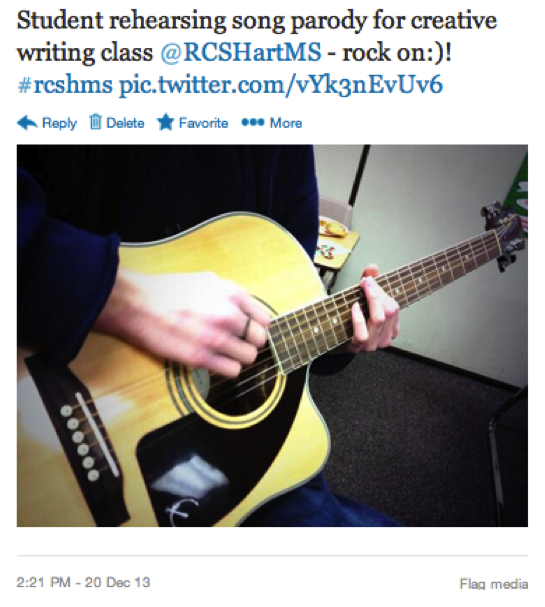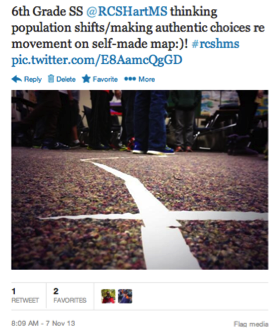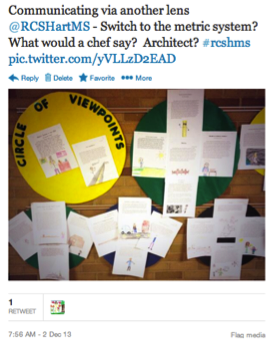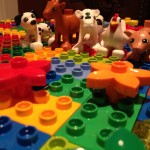When Creative Play Turns Into Video Production
This morning my four-year-old decided to wake up extra early. It was quite a feat, given that we all went to bed extra late last night. Adding insult to injury, my wife was up every hour on the hour with our runny-nosed infant. Even as my mind raced to come up with some good reasons why it should be her turn again, I knew that I wasn’t nearly that clever. I rolled out of bed. My feet hit the floor with a bit of a clunk. My shoulders stood up before my neck or head, bringing them along for the ride. I followed the sound in the dark. “Momma? Momma?” He was calling for her. Didn’t that mean anything? I knew it didn’t.
When I arrived at his bedside (little brother sawing logs next door) I naively asked if he wanted to rest some more in Momma and Daddy’s room. I crossed my fingers, threw salt over my shoulder, held my breath, and visualized all kinds of pennies and rabbits’ feet…all to no avail. The words didn’t come out right away. It appeared as if he was considering the invitation. I hoped. In hindsight I think he must have simply been shaking that last bits of sleep off before dropping the, “I want to go downstairs” bomb. He followed that classic with, “and I want apple sauce, milk, yogurt, and a Fiber One bar.”
I ached for my bed. It called to me. The whisper of my pillows slithered through the hallway and shimmied in through the boys’ cracked bedroom door, “Seth…we miss you. We miss your head. Please come back and lay down!” I could almost feel my face resting against a revitalized “cool side.” Alas, it was but a dream. I was awake, and it was “go-time.” Then I remembered yesterdays’ post. “Be present,” I told myself. Life is short. I get to sleep every evening (for a little while at least). However, I don’t get to wake up and play with my buddy every morning. A burst of energy shot through me. I picked the kid up, and down we went.
This one loves to draw. We collaborated on some farm animals. I did the rough sketches and he did most of the coloring in. He told me what to draw, and while my technique admittedly leaves much to be desired, it was good enough. As we worked he began to tell the story of three farm friends. Turns out, “Cow-iobi,” “Pig-iobi,” and “Sheep-iobi,” were best friends. One day when Cow-iobi was walking near the barn, he saw Pig-iobi climbing down from a tree. On the last climb, Pig-iobi leapt out of the tree, only to get stuck on the fence. The two friends had to think fast. What would they do? It wasn’t long before they remembered that “Sheep-iobi” was a real handy guy. If he could come to the barn with his hammer and screwdriver, he might be able to set Pig-iobi loose from the fence. As luck would have it, that’s just what happened! The three friends celebrated. They were filled with joy, and in being so filled, they proceed to jump for it (joy, that is).
This morning our creative play reminded us that friends always help friends, a wonderful lesson to remember in my estimation. We had so much fun drawing, coloring, and making up a story, that we decided to produce a short film about the farm friends’ adventure, another reminder. Extending learning based on learners’ interests is a great way to promote longterm engagement and achievement. Little brother joined us before long. Then came Momma and baby. We all sat together for a while, playing and creating the Berg Brother’s debut production. So, without further glamorization or adieu, pop your corn, find a cozy spot, and enjoy the film that critics are calling the breakout hit of the holiday season!
The Berg Brothers proudly present: “Farm Friends in ‘Stuck on a Fence’.”
Dream Big. Work Hard. Be Well.

